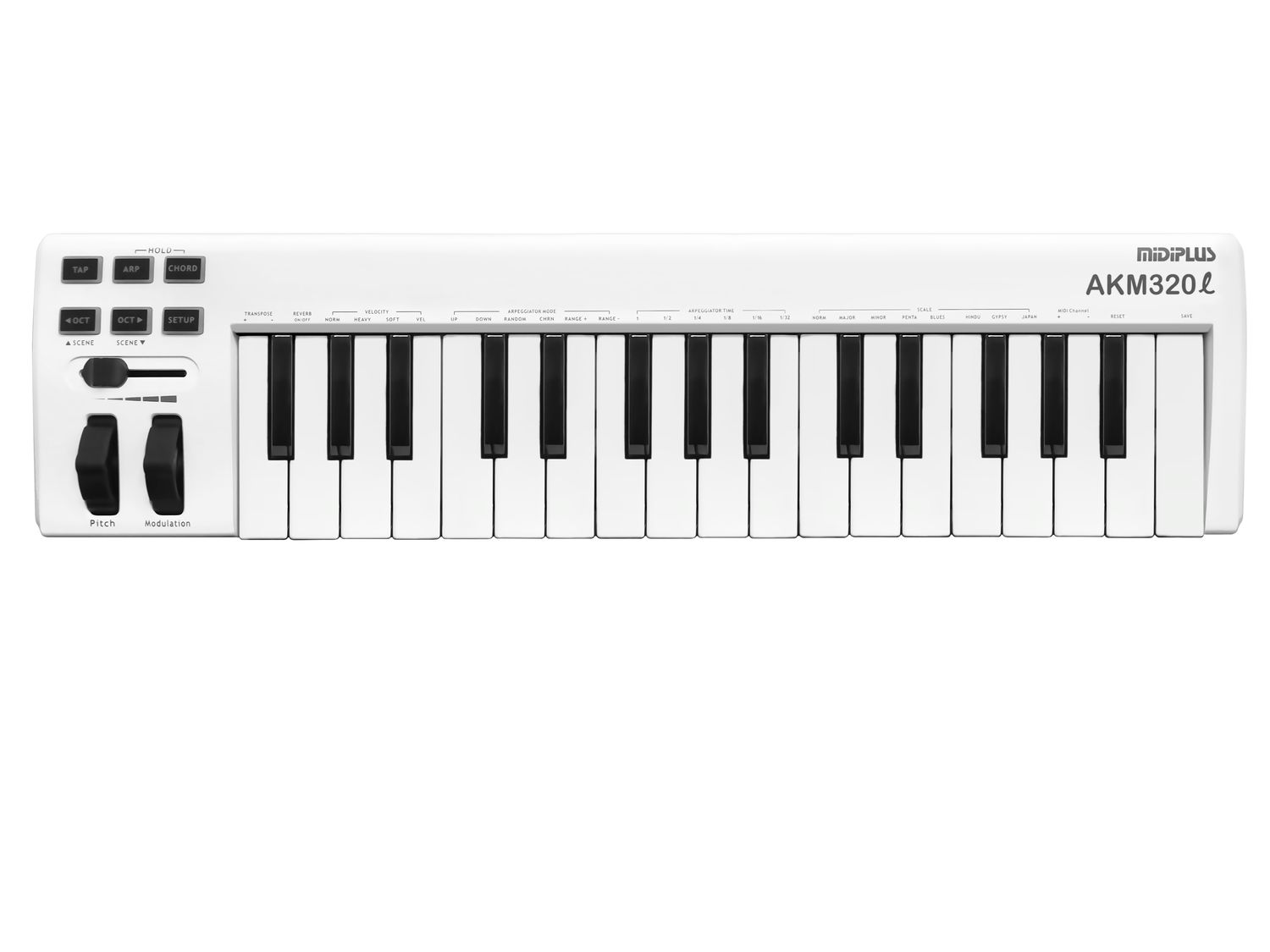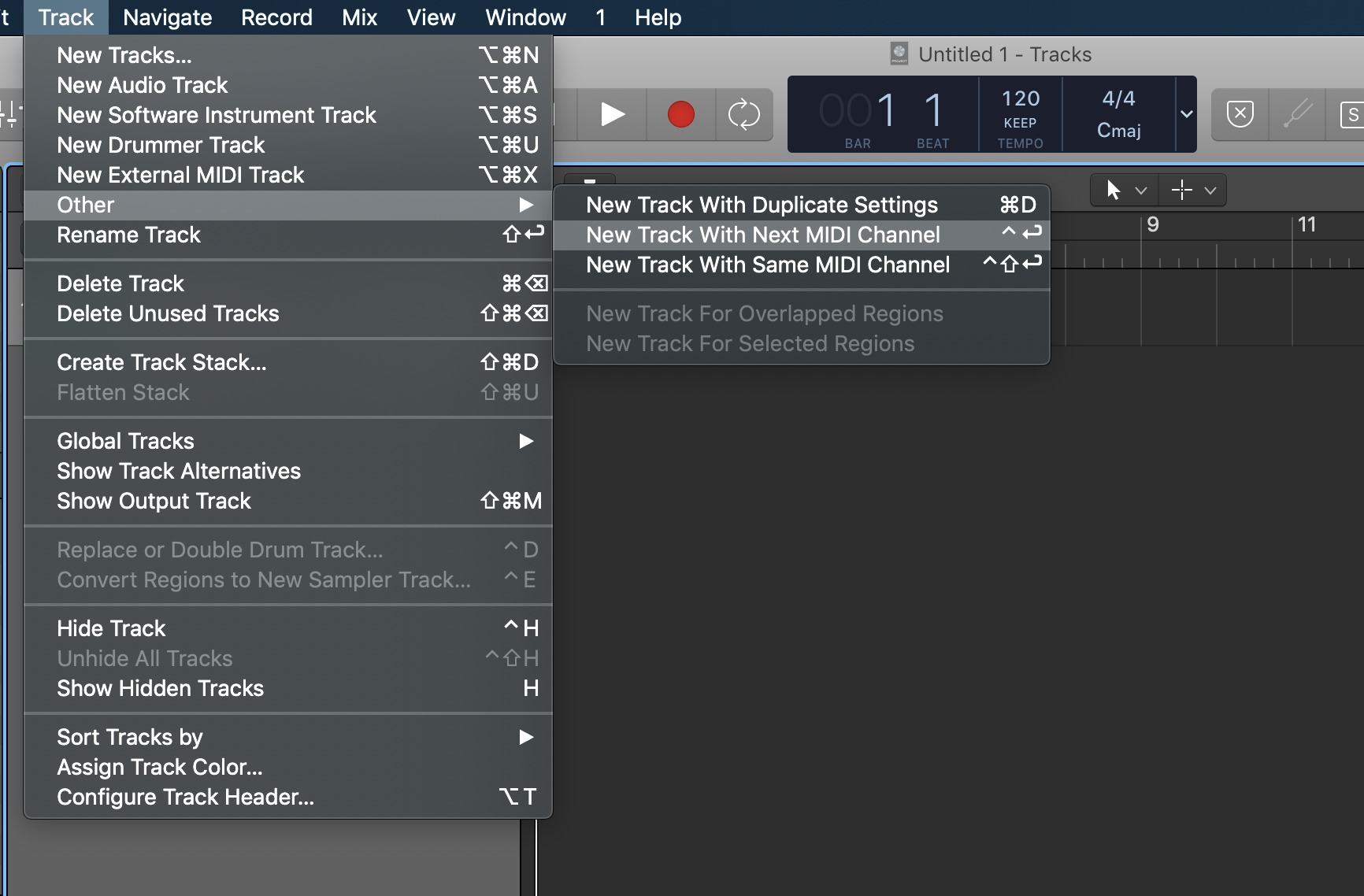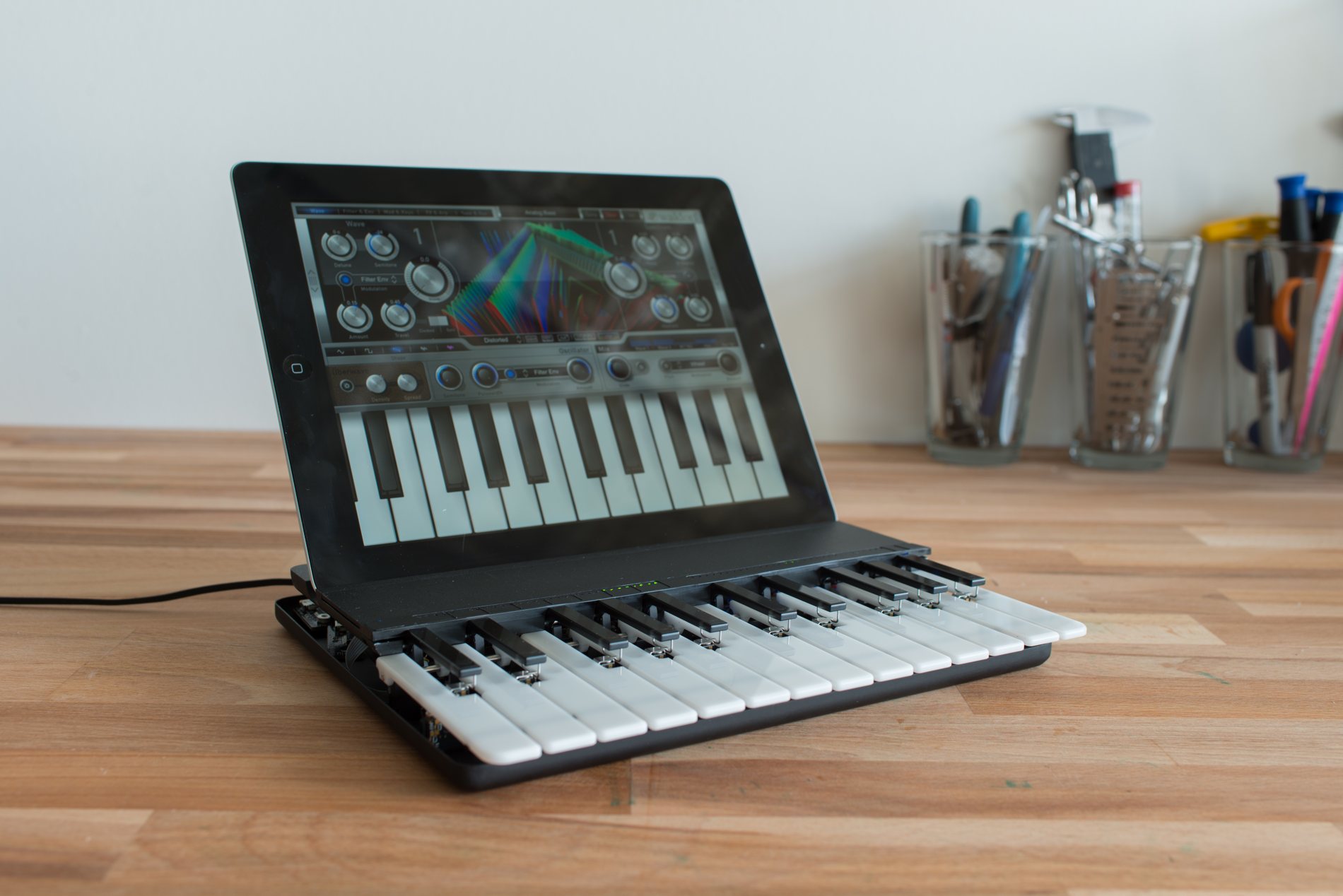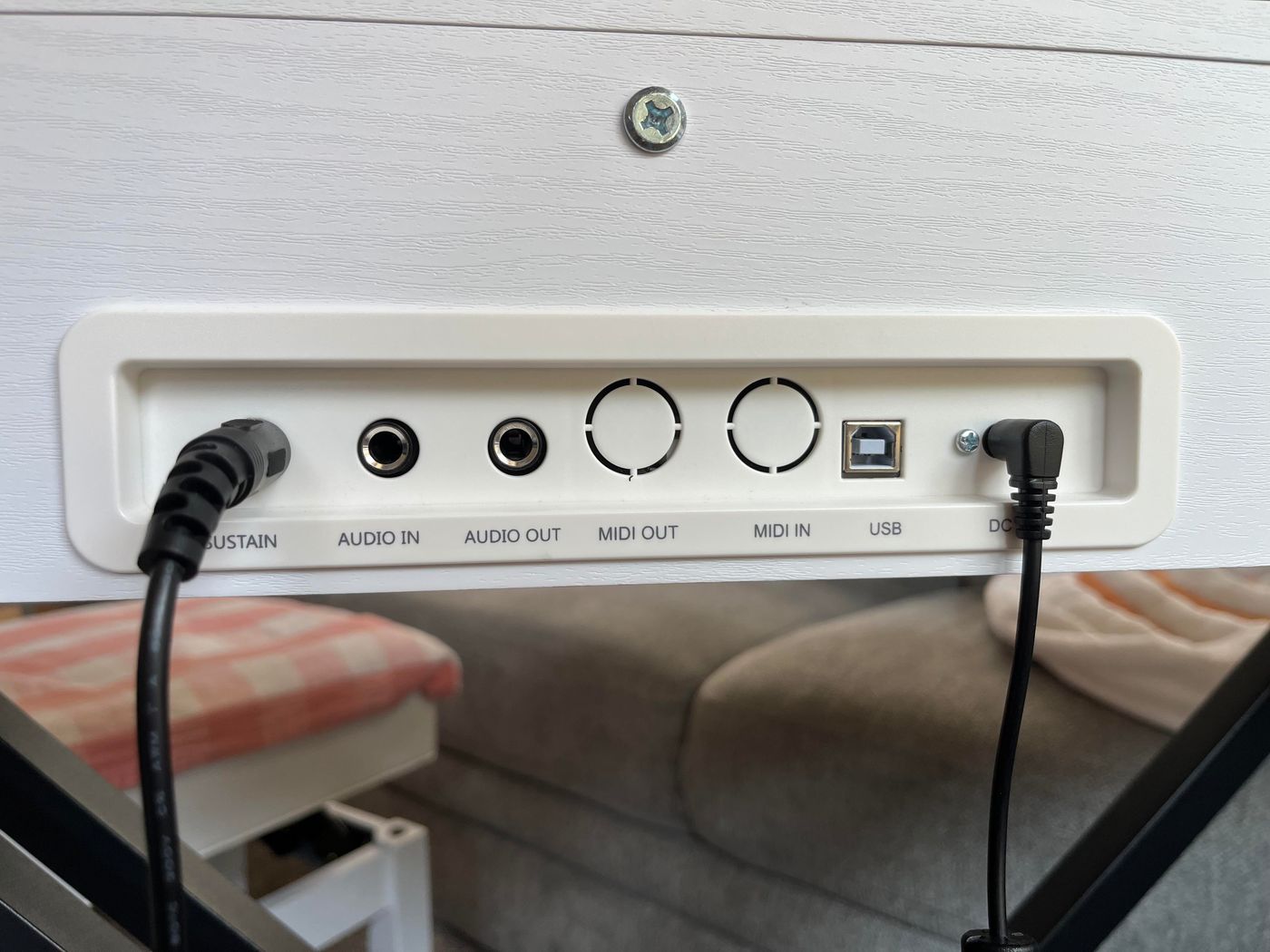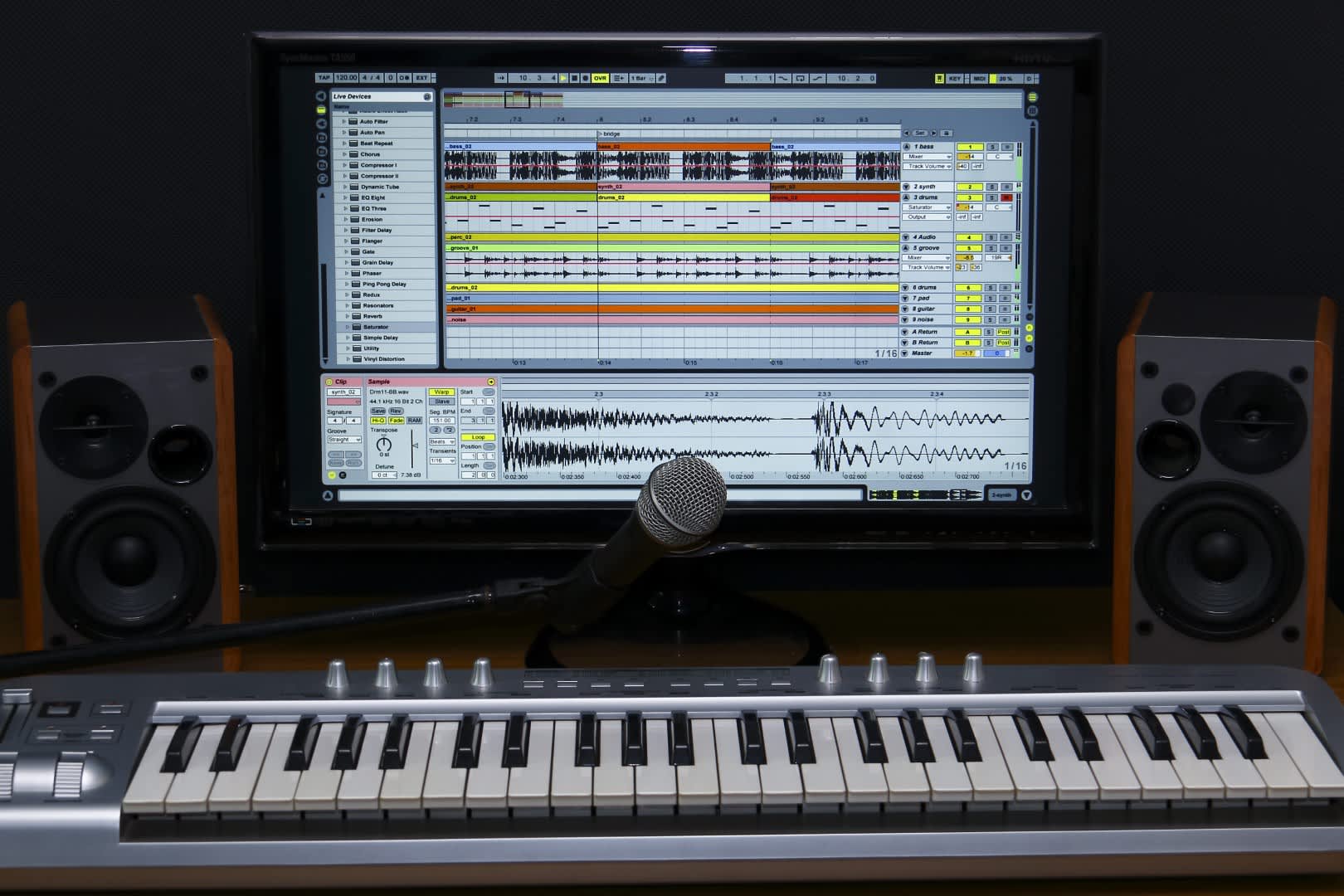Home>Production & Technology>MIDI>What Is The Baud Rate Of MIDI


MIDI
What Is The Baud Rate Of MIDI
Published: February 21, 2024
Learn about the baud rate of MIDI and its significance in data transmission. Explore the key aspects of MIDI communication and its impact on digital music technology.
(Many of the links in this article redirect to a specific reviewed product. Your purchase of these products through affiliate links helps to generate commission for AudioLover.com, at no extra cost. Learn more)
Table of Contents
Introduction
The world of music is a fascinating realm where technology and creativity intertwine to produce captivating melodies and harmonies. Amidst this intricate landscape, MIDI, which stands for Musical Instrument Digital Interface, serves as a vital communication protocol that enables electronic musical instruments, computers, and other devices to connect and communicate with each other. At the heart of MIDI lies the concept of baud rate, a crucial element that governs the transmission of MIDI data.
Understanding the baud rate of MIDI is essential for anyone delving into the realm of music production, whether as a musician, producer, or sound engineer. This fundamental aspect of MIDI forms the backbone of seamless data transmission, ensuring that musical instructions and commands are relayed accurately and efficiently between interconnected devices.
In this article, we will delve into the intricacies of baud rate, particularly within the context of MIDI. By unraveling the significance of baud rate in MIDI, we aim to shed light on its pivotal role in the realm of music production and technology. Let's embark on a journey to explore the inner workings of MIDI baud rate and its impact on the world of music creation and innovation.
Understanding Baud Rate
At its core, baud rate refers to the speed at which data is transmitted over a communication channel. It is a fundamental parameter that governs the rate at which digital information is exchanged between devices. In the context of MIDI, baud rate plays a pivotal role in ensuring the seamless transfer of musical instructions and performance data between interconnected electronic musical instruments, computers, and other MIDI-enabled devices.
The concept of baud rate is often confused with bit rate, but it is important to distinguish between the two. While bit rate refers to the number of bits transmitted per unit of time, baud rate specifically denotes the number of signal or symbol changes that occur per second in a communication channel. In simpler terms, baud rate signifies the rate at which the signal on the communication channel changes, whereas bit rate represents the amount of data transmitted per unit of time.
In the realm of MIDI, baud rate determines the speed at which MIDI messages, comprising musical notes, control changes, and other performance data, are transmitted between devices. This transmission speed directly influences the responsiveness and accuracy of musical commands, impacting the overall performance and synchronization of interconnected MIDI devices.
Furthermore, baud rate is intricately linked to the concept of MIDI latency, which refers to the delay between the initiation of a musical command and its execution by the receiving device. A higher baud rate can contribute to reduced latency, enhancing the real-time responsiveness of MIDI devices and ensuring a seamless and natural musical performance experience.
In essence, understanding baud rate is crucial for anyone involved in music production and technology, as it underpins the fluid exchange of musical data within the MIDI ecosystem. By grasping the significance of baud rate in the context of MIDI, individuals can optimize the performance and reliability of their MIDI setups, ultimately contributing to the creation of captivating musical compositions and productions.
In the subsequent sections, we will delve deeper into the specific baud rate specifications within the realm of MIDI, shedding light on their implications and significance in the domain of music technology and production.
MIDI Baud Rate
Within the realm of MIDI, the baud rate holds a pivotal position as a determining factor in the seamless transmission of musical data between interconnected devices. The standard baud rate for MIDI communication is set at 31,250 bits per second. This specific baud rate was established during the inception of the MIDI protocol and has since remained a steadfast cornerstone of MIDI communication.
The choice of 31,250 bits per second as the standard baud rate for MIDI was not arbitrary; it was a carefully calculated decision aimed at optimizing the transmission speed while ensuring compatibility with the technology available at the time of MIDI's development. This baud rate strikes a balance between efficient data transmission and compatibility with a wide array of MIDI-enabled devices, ranging from electronic keyboards and synthesizers to computer software and hardware interfaces.
The fixed nature of the MIDI baud rate at 31,250 bits per second is a defining characteristic of the MIDI protocol, providing a consistent framework for the exchange of musical information across diverse MIDI systems. This standardization has played a crucial role in fostering interoperability among MIDI devices, allowing musicians, producers, and sound engineers to seamlessly integrate various MIDI-compatible instruments and equipment into their setups.
Moreover, the stability and universality of the MIDI baud rate have contributed to the longevity of the MIDI protocol itself. Despite significant advancements in technology since its inception, the MIDI baud rate has remained a steadfast constant, facilitating the continued relevance and applicability of MIDI in contemporary music production and performance scenarios.
In practical terms, the standardized baud rate of 31,250 bits per second ensures that MIDI messages, encompassing note data, control changes, and other musical instructions, are transmitted at a consistent and reliable pace. This uniform transmission speed forms the backbone of MIDI communication, enabling musicians and producers to craft intricate musical arrangements and performances with confidence in the accuracy and timeliness of their MIDI-controlled devices.
In essence, the MIDI baud rate of 31,250 bits per second stands as a testament to the enduring legacy of MIDI as a robust and adaptable communication protocol within the realm of music technology. Its steadfast presence underscores the foundational role of baud rate in facilitating the seamless exchange of musical data, thereby empowering creators to harness the full potential of MIDI in their artistic endeavors.
Importance of Baud Rate in MIDI
The baud rate holds immense significance within the realm of MIDI, exerting a profound influence on the efficiency, reliability, and real-time responsiveness of MIDI communication. Understanding the importance of baud rate in MIDI is essential for anyone navigating the intricacies of music production and technology, as it directly impacts the seamless exchange of musical data and commands between interconnected devices.
The standardized baud rate of 31,250 bits per second, inherent to MIDI communication, serves as a linchpin for the fluid transmission of musical instructions and performance data. This consistent transmission speed underpins the synchronized operation of MIDI devices, ensuring that musical commands are relayed with precision and timeliness. As a result, musicians and producers can rely on the steadfast baud rate to orchestrate intricate musical compositions and performances, free from the constraints of latency or transmission inconsistencies.
Moreover, the baud rate plays a pivotal role in shaping the overall user experience within the MIDI ecosystem. By maintaining a reliable and standardized transmission speed, the baud rate fosters a sense of predictability and stability in MIDI communication, empowering creators to explore the full potential of their MIDI-enabled instruments and equipment. This predictability is especially crucial in live performance settings, where real-time responsiveness and accuracy are paramount for delivering captivating musical experiences to audiences.
Furthermore, the importance of baud rate in MIDI extends to its role in enabling interoperability and compatibility across diverse MIDI systems. The standardized baud rate of 31,250 bits per second serves as a unifying force, allowing musicians and producers to seamlessly integrate an array of MIDI-compatible devices into their setups. This interoperability fosters a collaborative and expansive approach to music production, where diverse MIDI instruments and equipment can harmoniously communicate and interact, transcending technological barriers and fostering creative synergy.
In essence, the baud rate stands as a cornerstone of MIDI communication, embodying the reliability, consistency, and universality that define the MIDI protocol. Its importance reverberates through the intricate web of interconnected MIDI devices, shaping the landscape of music production, performance, and innovation. By recognizing the pivotal role of baud rate in MIDI, creators can harness its power to unlock new realms of musical expression and technological integration, ultimately enriching the tapestry of musical creativity and innovation.
Conclusion
In conclusion, the baud rate of MIDI stands as a foundational pillar within the intricate framework of music technology and production. From its role in governing the seamless transmission of musical data to its impact on real-time responsiveness and interoperability, the baud rate encapsulates the essence of MIDI communication. The standardized baud rate of 31,250 bits per second, steadfast since the inception of MIDI, embodies a timeless reliability that has endured the test of technological evolution.
As we navigate the ever-evolving landscape of music production and performance, the significance of baud rate in MIDI remains unwavering. It serves as a beacon of consistency, empowering musicians, producers, and sound engineers to orchestrate captivating musical experiences with unwavering precision. The predictability and stability afforded by the standardized baud rate lay the groundwork for seamless integration of MIDI devices, fostering a collaborative and expansive approach to music creation.
Furthermore, the enduring nature of the MIDI baud rate underscores its resilience in the face of technological advancements. Despite the rapid pace of innovation, the steadfast baud rate continues to underpin the reliability and universality of MIDI communication, ensuring that the timeless principles of MIDI endure alongside cutting-edge technological developments.
In essence, the baud rate of MIDI transcends its technical underpinnings to embody the spirit of creativity, collaboration, and innovation within the realm of music technology. By recognizing the pivotal role of baud rate in MIDI, creators can harness its power to unlock new realms of musical expression and technological integration, ultimately enriching the tapestry of musical creativity and innovation.
As we look to the future of music production and technology, the baud rate of MIDI stands as a testament to the enduring legacy of MIDI as a robust and adaptable communication protocol. Its unwavering presence serves as a reminder of the timeless principles that continue to shape the ever-expanding horizons of musical creativity and innovation. In the symphony of MIDI communication, the baud rate resonates as a steadfast melody, guiding the seamless exchange of musical data and inspiring boundless possibilities for creators across the globe.

